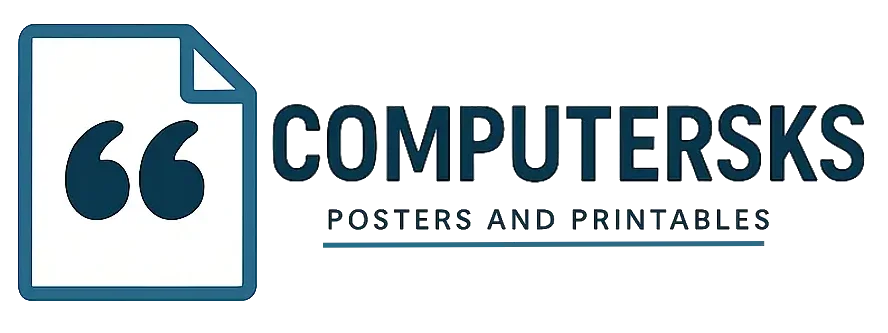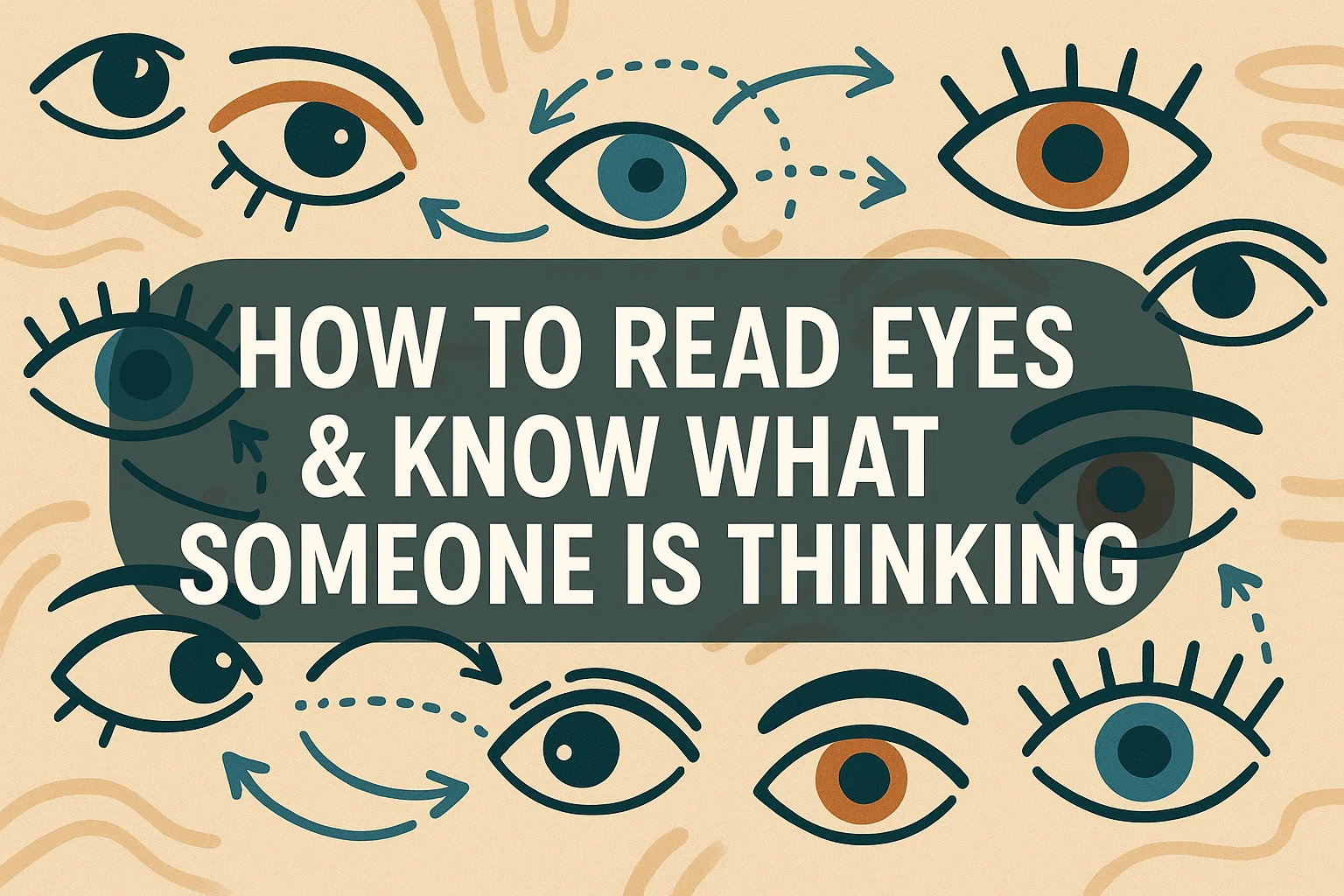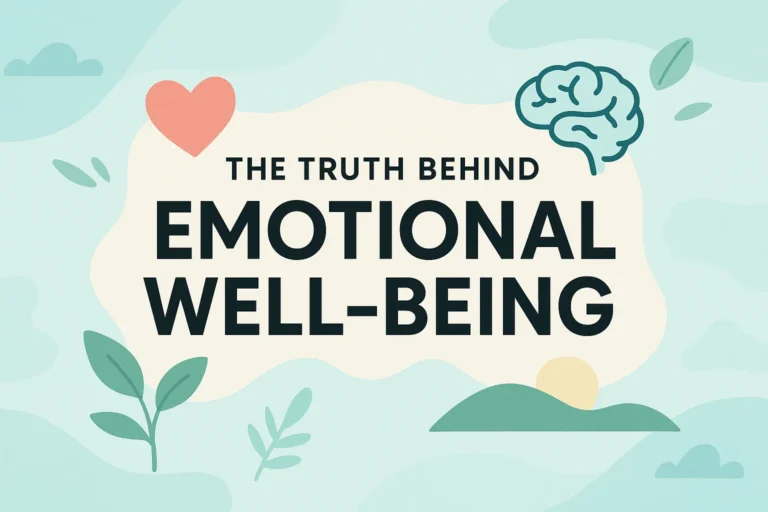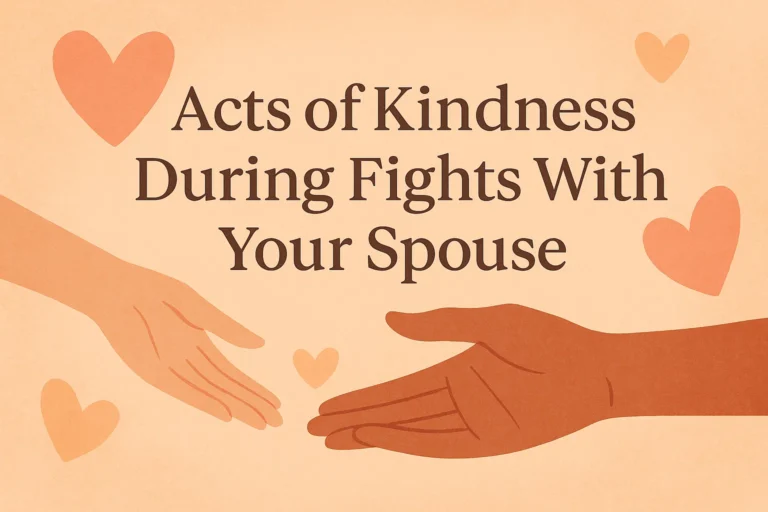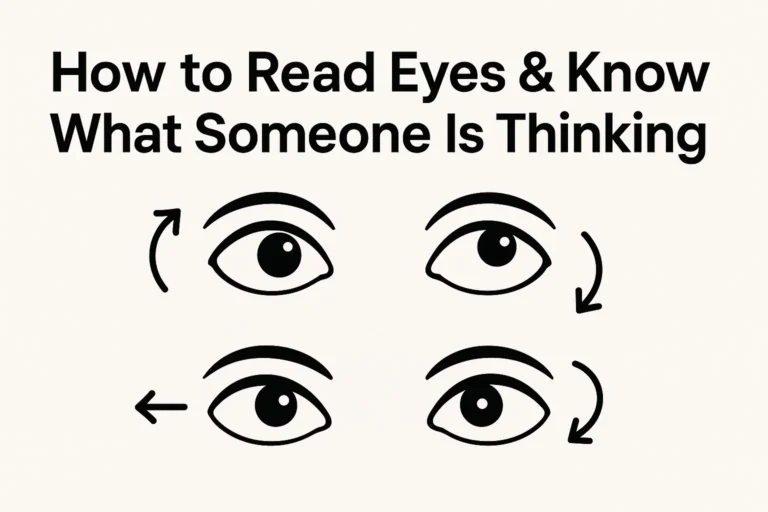Unlocking Face Reading Psychology How to Read Eyes Decode Thoughts Instantly
Unlocking Face Reading Psychology: How to Read Eyes & Decode Thoughts Instantly
Ever found yourself in a conversation, nodding along, while your brain is screaming, “What are they really thinking?” You’re not alone. We’ve all been there. The good news is, you don’t need psychic powers or a fancy lie detector test. The ultimate cheat sheet is literally right in front of you.
It’s all in the eyes. I got hooked on this years ago after a disastrous poker night (let’s just say my “poker face” was more of a “please-take-my-money face”). I started studying the tiny, split-second eye movements that give away a person’s thoughts, and honestly, it’s been a game-changer. It’s not about being a creepy mind-reader; it’s about understanding human connection on a deeper level. So, let’s pull up a chair and get into the good stuff.
The Windows to the Soul Aren’t Just a Cliché
Seriously, why do you think that phrase has stuck around for centuries? It’s because it’s true! Our eyes are hardwired to our brains. They react instinctively to our thoughts, feelings, and memories. Before we even form a word, our eyes are already telling a story.
Think of it like this: your brain is the command center, and your eyes are the live-feed broadcast. You just need to learn how to tune into the right channel. We’re going to break down the two biggest components of eye reading: pupil dilation and eye movement patterns.
Your Pupils: The Uncontrollable Truth Tellers
This is my favorite part because it’s almost impossible to fake. Your pupils operate on autopilot, governed by your autonomic nervous system. They don’t care about your social graces or your carefully crafted story. They just react.
So, what are they reacting to?
- Interest and Attraction: When you see something or someone you like, your pupils dilate (get bigger). It’s your body’s way of trying to “take in more” of what it finds appealing. So, if you’re telling a story and your listener’s pupils widen, you’ve got them hooked. Conversely, if their pupils constrict (get smaller), it can signal disinterest, dislike, or even anger.
- Cognitive Load: When someone is thinking hard, trying to solve a complex problem, or fabricating a story on the spot, their pupils will dilate. The brain is working overtime and needs more visual data. See someone’s pupils suddenly expand when you ask a simple question? Hmm. Interesting, right?
- Fear or Arousal: Any kind of heightened emotional state can cause pupil dilation. It’s part of our fight-or-flight response. The key is to look for a change in context. A sudden dilation when discussing weekend plans is very different from one that happens when discussing a work deadline.
The NLP Eye Accessing Cues: A (Somewhat Controversial) Map of the Mind
Now, let’s talk about something called Neuro-Linguistic Programming (NLP). This is where it gets really fun. NLP theorists proposed that the direction our eyes move can indicate which part of our brain we’re accessing. IMO, it’s not a perfect science, and some people debate its accuracy, but I’ve found it to be a surprisingly useful framework in real-world situations.
Here’s the basic map for a right-handed person (it’s often reversed for lefties):
Eyes Up and to Their Left (Your Right)
They’re likely recalling a visual memory. Think: “What color was your first car?” You’re asking them to access a stored image.
Eyes Up and to Their Right (Your Left)
They’re probably constructing a visual image. Think: “What would a purple giraffe wearing a top hat look like?” You’re asking them to create something new.
Eyes to the Side (Left or Right)
This is the auditory zone. If they look to their left, they might be remembering a sound or a song. If they look to their right, they could be constructing a sound or thinking about what to say next.
Eyes Down and to Their Left
They’re having an internal dialogue. This is the “talking to themselves” signal. You’ll see this when someone is deep in thought or weighing a decision.
Eyes Down and to Their Right
They’re accessing kinesthetic feelings or emotions. Ask someone, “How did you feel when you won the game?” and watch their eyes. This is them connecting with a bodily sensation or emotion.
A Straight Gaze or a Defocused Stare
They’re simply processing information visually, often when someone is talking to you.
Now, a word of caution. Don’t use this like a lie detector test in a courtroom. Someone looking up and to the right isn’t automatically lying; they might just be imaginative! The real power comes from establishing a baseline. Chat with them about neutral, factual things first and see how their eyes normally move. Then, when you hit a sensitive topic, you can spot the deviations.
Beyond the Basics: The Nuances of Gaze and Expression
Eyes don’t work in isolation. The muscles around them add layers of meaning. Let’s decode a few common expressions.
- The Genuine Smile (Duchenne Smile): This isn’t just a mouth thing. A real, heartfelt smile engages the orbicularis oculi muscles, creating crow’s feet and making the eyes look crinkled and bright. A fake smile? It stops at the lips. The eyes are uninvolved. 🙂
- The Prolonged Stare: This can mean one of two things: intense attraction or a direct challenge. How do you tell the difference? Look at the rest of the face. Are the pupils dilated? Is the expression soft? Or are the brows furrowed and the jaw tight? Context is your best friend here.
- The Sideways Glance: This is often a sign of skepticism, suspicion, or curiosity. It’s a quick, covert look that says, “I’m checking this out, but I’m not fully committed yet.”
- Rapid Blinking: While dry eyes can cause this, a sudden increase in blink rate often signals stress, anxiety, or discomfort. It’s a classic tell when someone is feeling under pressure.
Putting It All Together: Your Instant Decoding Toolkit
Okay, theory is great, but how do you use this at your next team meeting or coffee date? Let’s get practical.
-
Establish a Baseline First. Don’t just jump in. Ask simple, factual questions like “What did you have for breakfast?” or “What’s the capital of France?” Watch their eye patterns when they access this easy information. This is their “normal.”
-
Look for Clusters. A single cue can be a fluke. You need to see a cluster of at least two or three signals to make a good guess. Dilated pupils + a genuine eye-crinkling smile + a direct gaze? That’s a pretty strong cluster of positive engagement.
-
Consider the Context. Always, always, always factor in the situation. Someone looking down and away (a classic “shame” or “discomfort” cue) might just be looking for their lost car keys. Don’t immediately assume the worst.
-
Practice, Practice, Practice. The best way to learn is to people-watch. Sit in a café (discreetly, please, don’t be a stalker) and just observe. Watch conversations on TV with the sound off. You’ll start to see these patterns everywhere.
A Final Word of Friendly Advice
Learning to read eyes is like learning a new language. It takes time, patience, and a lot of practice. The goal isn’t to become a human polygraph machine that judges everyone. It’s to become a better listener, a more empathetic friend, and a more engaged communicator.
Use this skill to build people up, not to tear them down. Notice when someone’s eyes show stress and offer support. See the genuine joy in a friend’s crinkled eyes and know your joke truly landed. That’s the real magic.
Now go on, get out there and start noticing. The world is having a silent conversation all around you, and you’re finally learning how to listen. 😉
